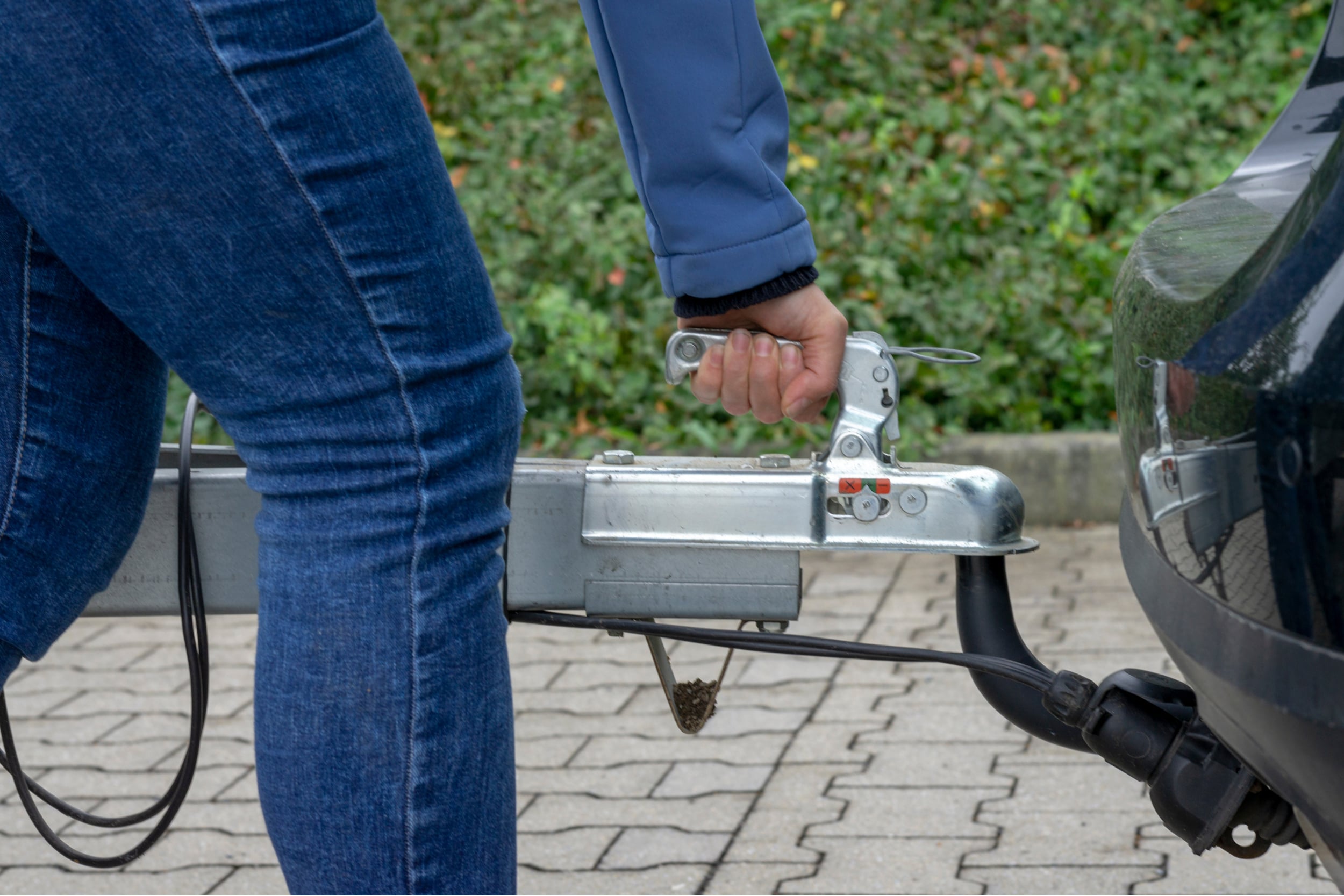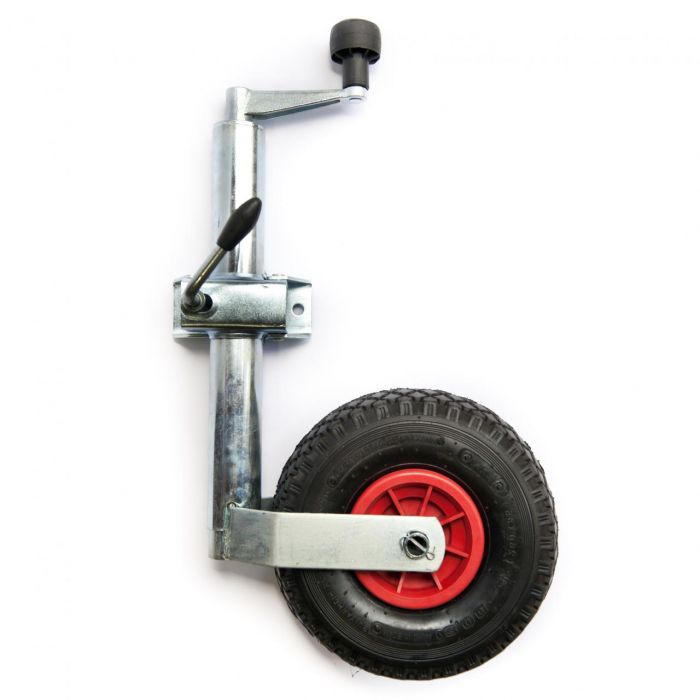Your trailer coupling is one of the most vital pieces of equipment on your trailer, yet it is often overlooked when it comes to maintenance. The only times we tend to take any notice of the coupling is when it is too late and there is a failure, or when you bash your knee on it…ouch. Today’s blog takes a look at a few ways you can start to maintain your trailer coupling so it remains fully functional, and most importantly it is always safe to use!
What is a Trailer Coupling?
The trailer coupling might look like a simple enough piece of kit, but without it, that trailer is going nowhere. The coupling links the towing vehicle to the trailer, usually through the use of a towball. The spherical shape of the towball fits the socket of the coupling and allows for a flexible yet strong linkage. The coupling also provides a platform for the mounting of the jockey wheel and braking systems (if the trailer has any). So, for as relatively small portion of the trailer there is a lot going on, and perhaps more importantly there are a lot of moving parts which need to be maintained.
Your Coupling Connections
The trailer coupling world is far from a one-size-fits-all area, with a seemingly endless number of connection types and combinations. But depending on the type of connection your trailer coupling has there will be a number of different things to keep an eye out for when you are inspecting and maintaining the coupling you have.
Coupling Head
The coupling head connection is the point of contact between the towball on your towing vehicle and your trailer. This connection should be tight enough for there to be no movement or play. The locking mechanism on the coupling head should be positive, and clamp solidly to the towball when the head is lowered onto it. If you notice the hitch is slightly loose you can usually adjust the hitch receiver to make sure it provides a firm connection when it receives the ball.
Grease can be applied to most coupling heads, HOWEVER some coupling heads from manufactures such as AL-KO have an anti-snaking system – These should not be greased as they use friction to reduce the risk of snaking.
Before towing your trailer make sure the locking mechanism on your coupling head is secure. After connecting the trailer to your towing hitch with the lock applied, give a few firm upward pulls on the coupling – there should be no movement in the linkage.
Drawbar Connection
No matter which coupling style is on your trailer you will have some form of connection between your coupling and the drawbar. It is important to thoroughly check this area for signs of wear as it will undergo continuous high levels of stress. So, let’s have a look at some of the connection types you might find on your trailer, and how to give them a once-over to make sure they are fit for the road!
- Bolted – Couplings which are bolted to the drawbar are usually one of the easiest types to change. To keep these couplings secure, check all the bolts over for rust and make sure they are tight. The threads should be in good condition and there should be no play in the coupling.
- Welded – Welded couplings are one of the strongest coupling-drawbar linkages assuming all of the welds are in good condition. You should check for excessive rust which penetrates the welds, and also for cracks in the joins. Rusty spots on the welds are a good indicator of microcracks forming, however depending on the age of the microcracks there might not always be rust present – so be sure to inspect thoroughly. For more information on how to check the quality of your welds click here.
- Clamped – Clamped connections work in a similar fashion to bolted couplings, so the main priority here is to ensure the bolts on the clamp are tight enough and there is no movement between the trailer coupling and drawbar. Be sure to check for any excessive rust which may compromise the integrity of the clamp itself.
Jockey Wheel
If your trailer coupling doesn’t have a jockey wheel you can skip this part. There are a few things to be aware of when it comes to the jockey wheel of your trailer coupling, these are the size, style, and rim type. The size of your jockey wheel connection does not play a big role in maintenance schedule, but it is important to be aware of if you are planning on replacing your coupling. You will need to make sure the jockey wheel and your coupling are compatible.
As for the style of your jockey wheel this mainly comes down to preference and intended use. Serrated jockey wheels will usually have a higher load rating than smooth styles, however they can be more expensive. For more information on jockey wheel maintenance click here to read our ‘Maintaining Your Jockey Wheel’ blog.
Your trailer coupling is a strong piece of kit, so just a small amount of regular maintenance will go a long way in extending its lifespan. You will often find a well-maintained coupling will last just as long as the trailer itself! For more information on keeping your trailer coupling in top condition, or for help finding the perfect coupling for your trailer, get in touch with one of our expert team at TrailerTek by clicking here.














